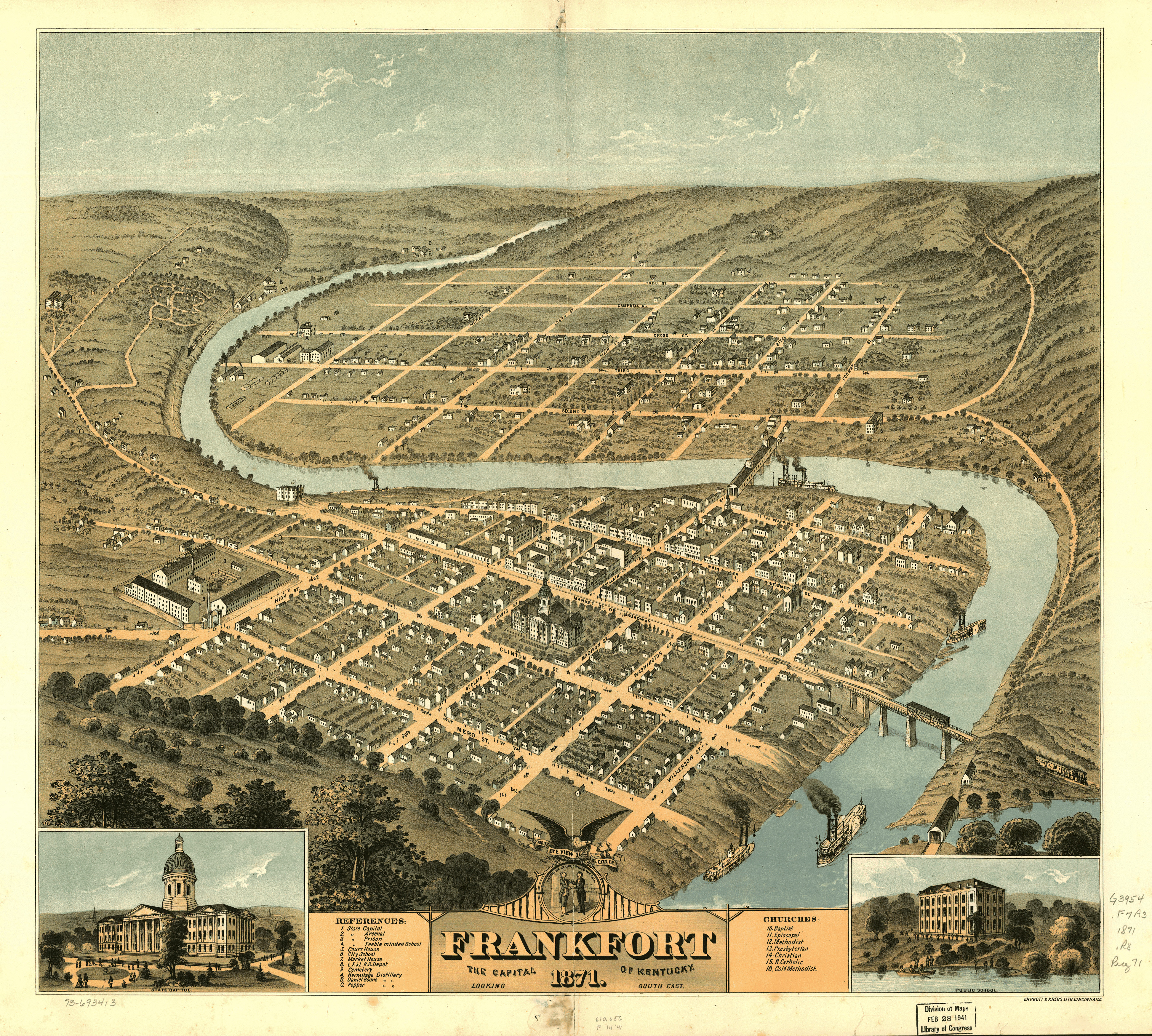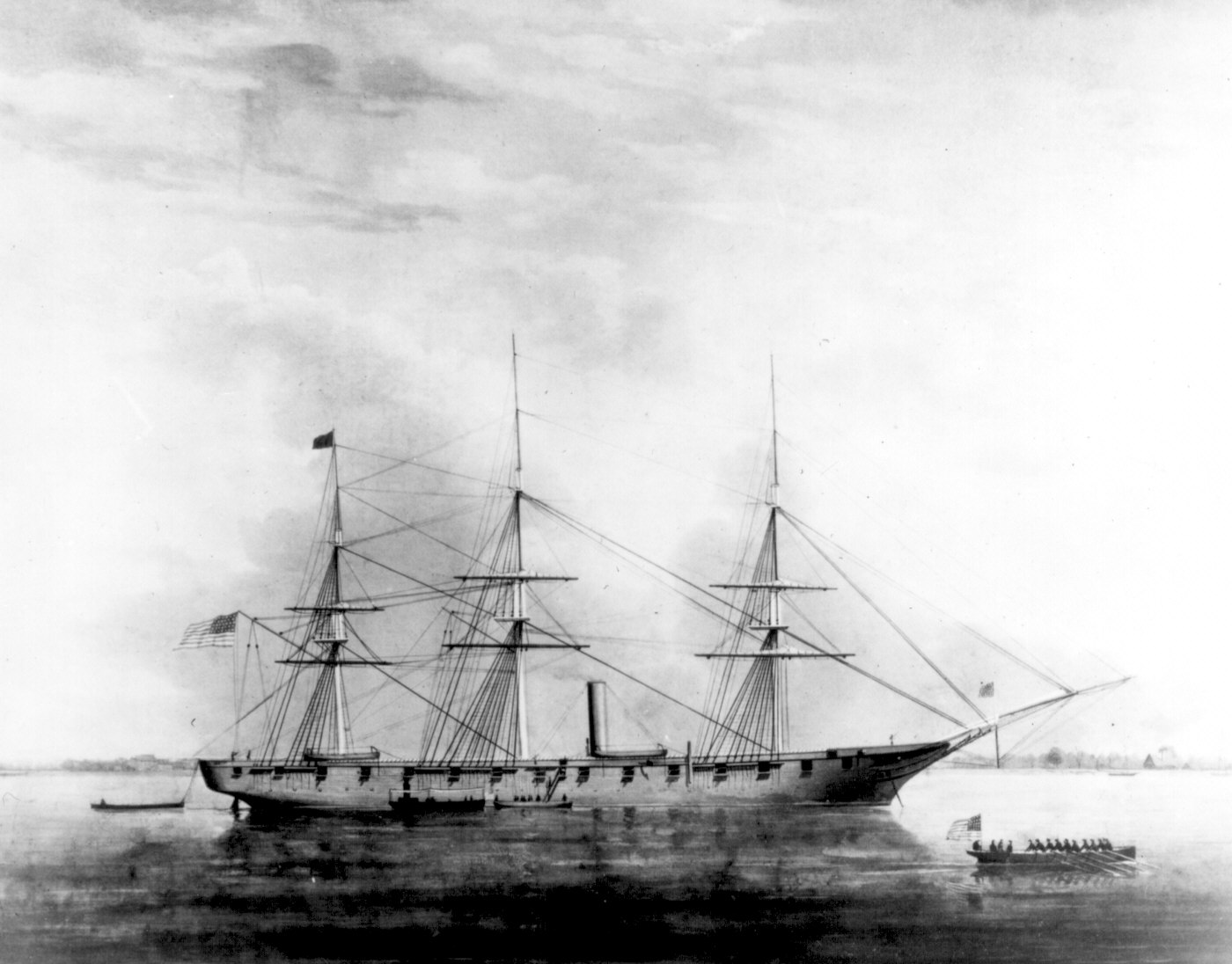|
J. Crittenden Watson
John Crittenden Watson (24 August 1842 – 14 December 1923) was an admiral of the United States Navy. Biography Watson was born in Frankfort, Kentucky, on 24 August 1842, the grandson of Kentucky politician John J. Crittenden. He graduated from the United States Naval Academy on 15 June 1860. After tours in ''Susquehanna'' and ''Richmond'', Watson was promoted to master on 19 September 1861 and joined ''Sabine''. He distinguished himself in this ship when she went to the aid of the chartered government transport ''Governor'' off the coast of South Carolina on the night of 2–3 November 1861. Watson managed the cables and hawsers which held the two ships together in spite of a violent gale, allowing some 500 men—Marines and crew—to clamber from the foundering ''Governor'' to safety in ''Sabine''. His commanding officer, Captain Cadwalader Ringgold, praised Watson for his "indefatigable exertions" and "utmost skill and efficiency" in keeping the two ships lashed together. ... [...More Info...] [...Related Items...] OR: [Wikipedia] [Google] [Baidu] |
Frankfort, Kentucky
Frankfort is the capital city of the Commonwealth of Kentucky, United States, and the seat of Franklin County. It is a home rule-class city; the population was 28,602 at the 2020 census. Located along the Kentucky River, Frankfort is the principal city of the Frankfort, Kentucky Micropolitan Statistical Area, which includes all of Franklin and Anderson counties. History Pre-1900 The town of Frankfort likely received its name from an event that took place in the 1780s. Native Americans attacked a group of early European colonists from Bryan Station, who were on their way to make salt at Mann's Lick in Jefferson County. Pioneer Stephen Frank was killed at the Kentucky River and the settlers thereafter called the crossing "Frank's Ford". This name was later elided to Frankfort. In 1786, James Wilkinson purchased a tract of land on the north side of the Kentucky River, which developed as downtown Frankfort. He was an early promoter of Frankfort as the state capital. Wilkinso ... [...More Info...] [...Related Items...] OR: [Wikipedia] [Google] [Baidu] |
USS Sabine (1855)
The first USS ''Sabine'' was a sailing frigate built by the United States Navy in 1855. The ship was among the first ships to see action in the American Civil War. In 1862, a large portion of the crew were volunteers from the ''Sabine''. She was built at the New York Navy Yard. Her keel was laid in 1822, but she was not launched until 3 February 1855. During this period, she underwent various alterations, the most extensive being a lengthening of her hull by twenty feet. Built essentially from plans, she was commissioned on 23 August 1858, Capt. Henry A. Adams in command. Service history Paraguay Expedition and Home Fleet, 1858–1861 Her first cruise took the frigate to Montevideo and Buenos Aires in October 1858 with the Paraguay expedition, a task force commanded by Flag Officer William B. Shubrick, after that country's firing on . She conveyed Commissioner Bowlin and served as flagship during the voyage to South America, but was not officially considered part of th ... [...More Info...] [...Related Items...] OR: [Wikipedia] [Google] [Baidu] |
Military Order Of The Loyal Legion Of The United States
The Military Order of the Loyal Legion of the United States (MOLLUS), or simply the Loyal Legion is a United States patriotic order, organized April 15, 1865, by three veteran officers of the Army. The original membership was composed of members of the Army, Navy, or Marine Corps of the United States, who had served during the American Civil War as commissioned officers in Federal service, or who had served and thereafter been commissioned, and who thereby "had aided in maintaining the honor, integrity, and supremacy of the national movement" during the Civil War. The Loyal Legion was formed by in response to rumors from Washington of a conspiracy to destroy the Federal government by assassination of its leaders, in the immediate aftermath of the assassination of President Abraham Lincoln. The founding members stated their purpose as the cherishing of the memories and associations of the war waged in defense of the unity and indivisibility of the Republic; the strengthening of th ... [...More Info...] [...Related Items...] OR: [Wikipedia] [Google] [Baidu] |
Warrington, Florida
Warrington is a census-designated place (CDP) in Escambia County, Florida, United States. Warrington is located between downtown Pensacola and the state line with Alabama; it is away from both. The population was 14,531 at the 2010 census. It is part of the Pensacola– Ferry Pass– Brent Metropolitan Statistical Area. A failed referendum was held in 1975 to incorporate Warrington as a town. Despite falling outside of city limits and having a post office explicitly named "Warrington", mail going to the addresses in the Warrington ZIP code (32507) falls under the jurisdiction of Pensacola. Naval Air Station Pensacola is located in Warrington (albeit with their own ZIP code, 32508, which corresponds to the mailing city "Naval Air Station Pensacola, FL"). History Warrington is named for Lewis Warrington, who served as Secretary of the Navy, and who helped choose the area that became Naval Air Station Pensacola. He served as the first commandant of the newly created Navy Yard, 1 ... [...More Info...] [...Related Items...] OR: [Wikipedia] [Google] [Baidu] |
Confederate States Army
The Confederate States Army, also called the Confederate Army or the Southern Army, was the military land force of the Confederate States of America (commonly referred to as the Confederacy) during the American Civil War (1861–1865), fighting against the United States forces to win the independence of the Southern states and uphold the institution of slavery. On February 28, 1861, the Provisional Confederate Congress established a provisional volunteer army and gave control over military operations and authority for mustering state forces and volunteers to the newly chosen Confederate president, Jefferson Davis. Davis was a graduate of the U.S. Military Academy, and colonel of a volunteer regiment during the Mexican–American War. He had also been a United States senator from Mississippi and U.S. Secretary of War under President Franklin Pierce. On March 1, 1861, on behalf of the Confederate government, Davis assumed control of the military situation at Charleston, South C ... [...More Info...] [...Related Items...] OR: [Wikipedia] [Google] [Baidu] |
USS Hartford (1858)
USS ''Hartford'', a sloop-of-war, steamer, was the first ship of the United States Navy named for Hartford, the capital of Connecticut. ''Hartford'' served in several prominent campaigns in the American Civil War as the flagship of David G. Farragut, most notably the Battle of Mobile Bay in 1864. She survived until 1956, when she sank awaiting restoration at Norfolk, Virginia. Service history East India Squadron, 1859–1861 ''Hartford'' was launched 22 November 1858 at the Boston Navy Yard; sponsored by Miss Carrie Downes, Miss Lizzie Stringham, and Lieutenant G. J. H. Preble; and commissioned 27 May 1859, Captain Charles Lowndes in command. After shakedown out of Boston, the new screw sloop of war, carrying Flag Officer Cornelius K. Stribling, the newly appointed commander of the East India Squadron, sailed for the Cape of Good Hope and the Far East. Upon reaching the Orient, ''Hartford'' relieved as flagship. In November she embarked the American Minister to China, Jo ... [...More Info...] [...Related Items...] OR: [Wikipedia] [Google] [Baidu] |
Steam Sloop
Steam frigates (including screw frigates) and the smaller steam corvettes, steam sloops, steam gunboats and steam schooners, were steam-powered warships that were not meant to stand in the line of battle. There were some exceptions like for example the French Napoléon class steam ship of the line was meant to stand in the line of battle, making it the world's first steam battleship. The first such ships were paddle steamers. Later on the invention of screw propulsion enabled construction of steam-powered versions of the traditional ships of the line, frigates, corvettes, sloops and gunboats. Evolution First steam warships The first small vessel that can be considered a steam warship was the ''Demologos'', which was launched in 1815 for the United States Navy. From the early 1820s, the British Navy began building a number of small steam warships including the armed tugs and , and by the 1830s the navies of America, Russia and France were experimenting with steam-powered wa ... [...More Info...] [...Related Items...] OR: [Wikipedia] [Google] [Baidu] |
David Farragut
David Glasgow Farragut (; also spelled Glascoe; July 5, 1801 – August 14, 1870) was a flag officer of the United States Navy during the American Civil War. He was the first rear admiral, vice admiral, and admiral in the United States Navy. Farragut, 1879, p. 3 Hickman, 2010, p. 216 He is remembered for his order at the Battle of Mobile Bay, usually paraphrased as "Damn the torpedoes, full speed ahead" in U.S. Navy tradition. Stein, 2005, p. 5 Spears, 1905, p. 328 Born near Knoxville, Tennessee, Farragut was fostered by naval officer David Porter after the death of his mother. When he was 11 years old, Farragut served in the War of 1812 under the command of his adoptive father. He received his first command in 1823, at the age of 22, and went on to participate in anti-piracy operations in the Caribbean Sea. He then served in the Mexican–American War under the command of Matthew C. Perry, participating in the blockade of Tuxpan. After the war, he oversaw the construction of ... [...More Info...] [...Related Items...] OR: [Wikipedia] [Google] [Baidu] |
Cadwalader Ringgold
Cadwalader Ringgold (August 20, 1802 – April 29, 1867) was an officer in the United States Navy who served in the United States Exploring Expedition, later headed an expedition to the Northwest and, after initially retiring, returned to service during the Civil War. Life and early career Cadwalader Ringgold was born August 20, 1802, in Washington County, Maryland, at Fountain Rock, the family estate. His mother was Maria Cadwalader (1776–1811), daughter of John Cadwalader (1742–1786), who was a general during the American Revolutionary War. Some sources spell his first name with two "l"s. His father was Samuel Ringgold, a Maryland politician who later served in the U.S. House of Representatives. He had an older brother, Samuel Ringgold, an army officer called "the father of modern artillery" and who died in the Battle of Palo Alto. Cadwalader was the sixth of 11 children, the youngest child of his mother, who then died. His father remarried and had five more children by ... [...More Info...] [...Related Items...] OR: [Wikipedia] [Google] [Baidu] |
United States Marine Corps
The United States Marine Corps (USMC), also referred to as the United States Marines, is the maritime land force service branch of the United States Armed Forces responsible for conducting expeditionary and amphibious operations through combined arms, implementing its own infantry, artillery, aerial, and special operations forces. The U.S. Marine Corps is one of the eight uniformed services of the United States. The Marine Corps has been part of the U.S. Department of the Navy since 30 June 1834 with its sister service, the United States Navy. The USMC operates installations on land and aboard sea-going amphibious warfare ships around the world. Additionally, several of the Marines' tactical aviation squadrons, primarily Marine Fighter Attack squadrons, are also embedded in Navy carrier air wings and operate from the aircraft carriers. The history of the Marine Corps began when two battalions of Continental Marines were formed on 10 November 1775 in Philadelphia as ... [...More Info...] [...Related Items...] OR: [Wikipedia] [Google] [Baidu] |
Gale
A gale is a strong wind; the word is typically used as a descriptor in nautical contexts. The U.S. National Weather Service defines a gale as sustained surface winds moving at a speed of between 34 and 47 knots (, or ).National Weather Service Glossary s.v "gale" Forecasters typically issue s when winds of this strength are expected. In the , a gale warning is specifically a maritime warning; the land-based equivalent in N ... [...More Info...] [...Related Items...] OR: [Wikipedia] [Google] [Baidu] |




